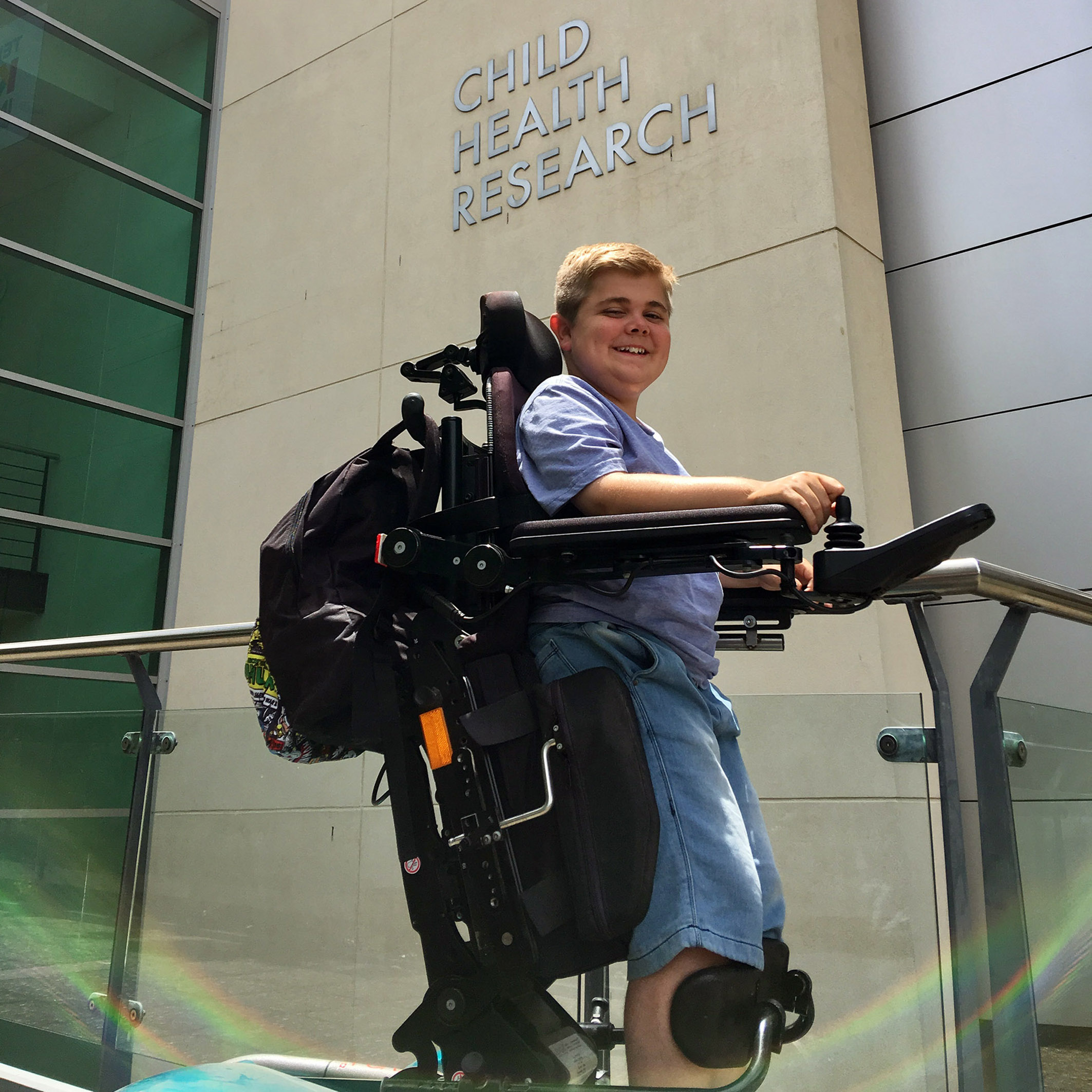Search
Research
Down Syndrome Clinical Trial- BTD-001Helen Jenny Peter Leonard Downs Richmond MBChB MPH BApplSci (physio) MSc PhD MBBS MRCP(UK) FRACP Principal Research Fellow Head, Child Disability
Research
Environmental enrichment intervention for Rett syndrome: an individually randomised stepped wedge trialHelen Jenny Leonard Downs MBChB MPH BApplSci (physio) MSc PhD Principal Research Fellow Head, Child Disability +61 419 956 946 08 6319 1763
Research
The conductive environment enhances gross motor function of girls with Rett syndrome. A pilot studyThis study assessed the functional skills of three girls with RTT aged 35 years before and during participation in a CE programme.
Research
Trends in the diagnosis of Rett syndrome in AustraliaModifications to diagnostic criteria and introduction of genetic testing have likely affected the pattern and timing of Rett syndrome diagnosis...
Research
Longitudinal hand function in Rett syndromeLoss of hand function is a core feature of Rett syndrome. This article describes longitudinal hand function at 3 time points for 72 subjects participating...
Research
Characteristics of non-Aboriginal and Aboriginal children and families with substantiated child maltreatmentTo investigate specific child and parental factors associated with increased vulnerability to substantiated child maltreatment.
Research
Impact of scoliosis surgery on activities of daily living in females with Rett syndromeScoliosis is a common orthopaedic complication of Rett syndrome, and surgery is commonly used to reduce asymmetry in cases with severe scoliosis.
Research
Predictors of seizure onset in Rett syndromeInformation on presence and age at onset of seizures, perinatal and developmental history, and genetic status was abstracted on 275 cases in the Australian...

News & Events
Funding to support research into the impact of standing wheelchairsThe Kids researchers are investigating the physical and psychological impacts of powered standing wheelchairs for boys suffering from Duchenne
Research
Parent-reported health-related quality of life of children with Down syndrome: A descriptive studyTo describe health-related quality of life of Australian children and adolescents with Down syndrome and compare it with norm-referenced data.
